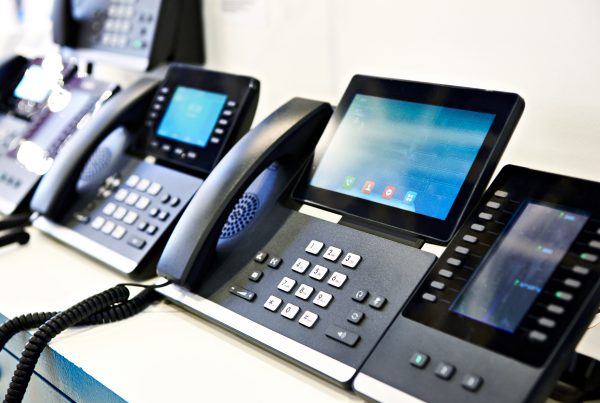Paging can be accomplished two different ways – external paging through speakers and horns, or internal paging through the telephone sets.
Most manufacturing plants and warehouses or other high noise areas require an external amplified paging system. External paging speakers and horns are available as self-amplified systems, meaning that you do not need a separate amplifier to boost the sound levels.
When implemented with a premises VoIP system, such as Mitel’s MiVoice Office, a paging interface is included in the controller which allows easy connection to an external paging system. Connecting external paging to our Cloud Voice requires a device which converts the VoIP to an analog voice signal that paging systems can use. In either case, paging can be divided into zones or areas.
Internal paging through the phones is possible on both premises and cloud VoIP systems; however, consideration must be given to network design. Due to network requirements and other constraints, there are limitations on the maximum number of telephones that can be included in a paging group. Cloud Voice phones use a service called multicast paging which allows the pages to be sent without the phone system being involved, whereas the premises systems keep the controller active for the duration.
Frequently we are asked if internal paging will work satisfactorily in a business without augmenting the paging requirements with an external system. Keep in mind that telephone speakers are designed for a low noise level in an office environment and they probably won’t be loud enough to cover areas with higher noise levels.
When it comes to implementing a paging system, making the right connections can be a challenge. Third Generation makes it easy. Contact us today at 412-489-1100 or email Mikeray@goascenda.com.




